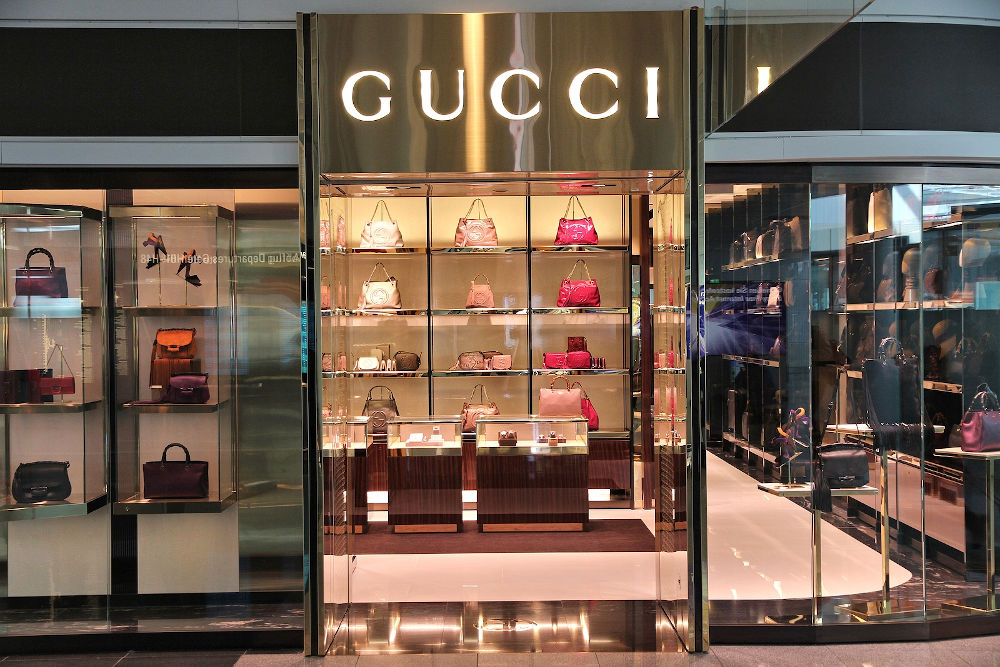The luxury market has undergone something of a digital transformation over recent years, with technological innovations and the introduction of cryptocurrency sparking a new era for investors. Now, they can access asset portfolios spanning the financial sphere through a variety of different online platforms and smartphone apps, all in just a few clicks of a button, allowing them to explore the latest and greatest opportunities from anywhere, anytime. And, with platforms like www.Fintech-Insight.com providing all of the latest insights needed to leverage them to their advantage, it’s all systems go.
There’s no denying that the space is a progressive one, and today it’s easier than ever for fintech enthusiasts to navigate the various possibilities available to them.
But it’s not just investors who are benefitting from the advancements in the fintech field, with the luxury market evolving faster than ever over the past five years. Add to that the dramatic changes in the way we think, shop and even wear fashion, and it’s all change in the world of high-end, and for the better.
As the needs of luxury shoppers continue to change with the times, bespoke and innovative ways to peruse new products and services are in high demand, and brands are having to adapt quickly in order to keep up. The evolution of fintech in the fashion industry is of particular note, with consumers enjoying an improved level of visibility and connectedness with the brands and businesses they love.

Platforms like Klarna and Clearpay are a prime example of how the way we shop is changing, having brought the ‘buy now, pay later’ business model to the masses in a new and improved format. While it isn’t strictly a new concept, given that shoppers have been enjoying similar offers for years through catalogues and the like, what is new is the technology behind it, and this modern makeover has made the concept simple and easy to navigate and manage from a smartphone or laptop, even while on the go.
While not all brands are on board with these platforms, a growing number of luxury fashion houses are making the move towards implementing the system, thus making themselves more accessible to the younger generations. When you consider the fact that brands like Gucci and Prada have been going all out to capture the attention of millennial shoppers and going in hard with widespread luxury influencer marketing campaigns, it couldn’t have come at a better time for those looking to target this particular audience.
The luxury market was one that was once reserved for wealthy generations who had become financially secure over time, but although brands are keen to retain a sense of exclusivity, they’re becoming increasingly eager to tap into a wider market share.
This isn’t the only example of how luxury brands are moving with the times and capitalising on the latest developments in digital fintech. Over the past year, we’ve seen the likes of Gucci and Philipp Plein make the move towards accepting cryptocurrencies as a means of payment for their high-end goods, partnering with innovative payment system providers and platforms to make it possible.
This, of course, has proved to be immensely appealing with cryptocurrency investors and traders with money to splurge on opulent items and services – and Philipp Plein has even gone one better with the opening of the world’s first ever ‘crypto concept’ store, where, as well as treating themselves to physical items from his collection by way of Bitcoin and the like, shoppers can also browse for NFTs of some of his most sought-after items.

If it all sounds very futuristic, then that’s because it is – and the move in this direction is only set to continue with the development of the Metaverse. Plein may have been the first to capitalise on the latest digital fintech trends and wholeheartedly embrace the development of this upcoming virtual world, but no doubt he won’t be the last. The only question now is whether fintech will be able to adapt quickly enough to support the space when it finally comes to full fruition – which industry experts could take up to ten years.
One thing is for certain; the Metaverse is set to transform the way we connect and the ways in which creators make a living, as well as the speed at which businesses grow, and the changes will be even more dramatic than anything we’ve seen thus far. We can expect better social experiences, and a digital economy that supports millions.
Those experiencing the Metaverse will demand the ability to bring their identities with them between a number of different worlds and environments. Decentralisation and compatibility with all elements of the blockchain will likely be key – we’ll still need centralisation for ease of use and to encourage the mainstream to participate, but decentralisation will be crucial for facilitating the kind of innovative new tools we can all take advantage of.






















